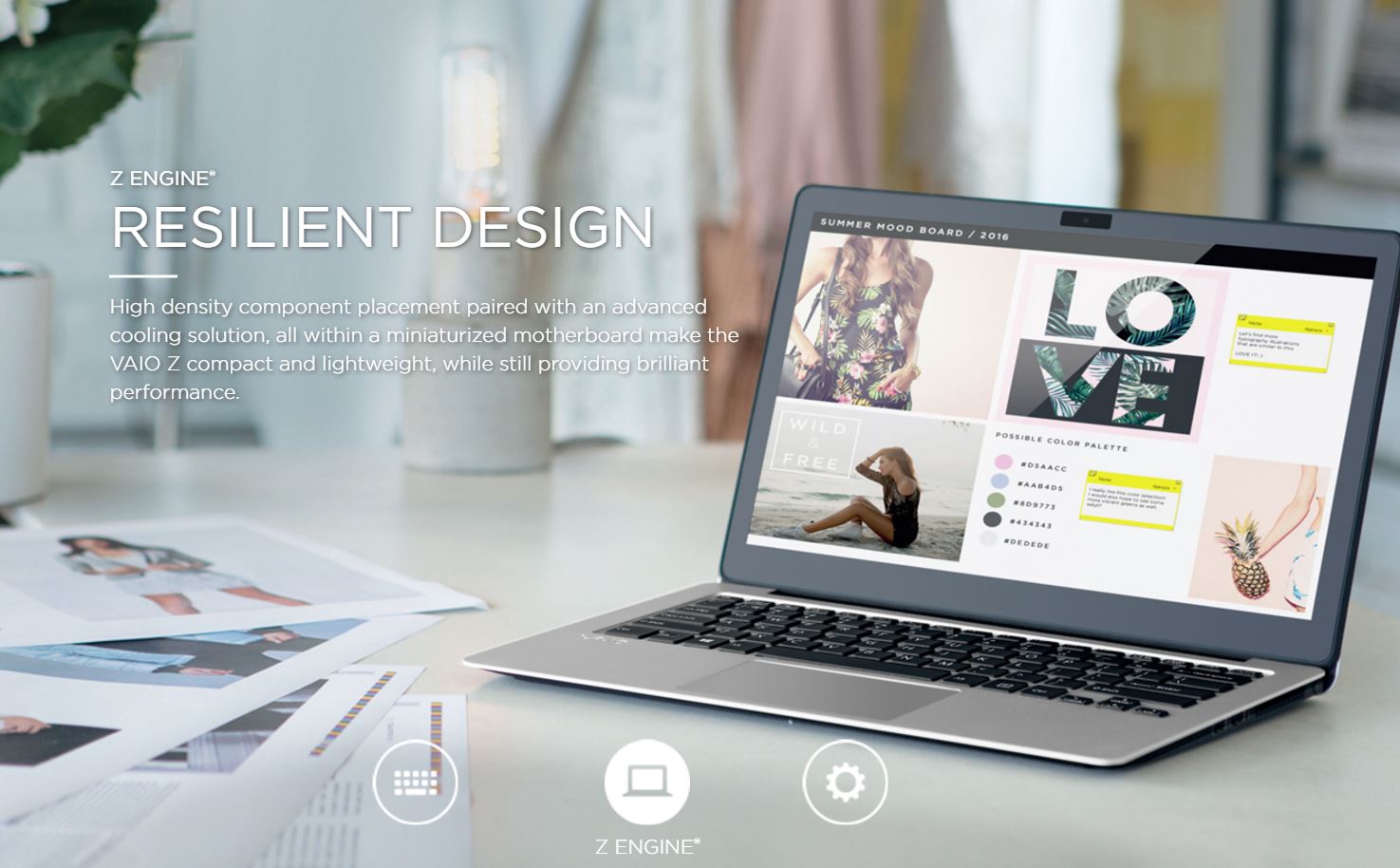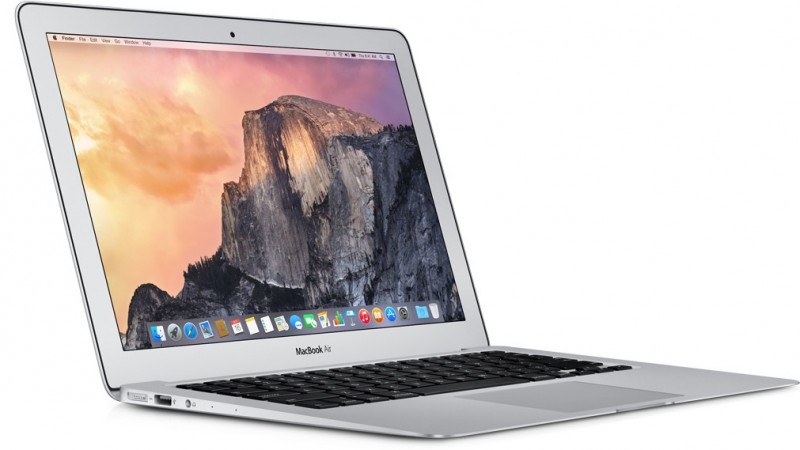The latest VAIO Z series of business laptops has introduced an array of devices designed to offer very respectable alternatives to many popular high-end products, like the Microsoft Surface Pro 4, the Surface Book, and the MacBook.

The 13 inch Apple MacBook Air is very close in specs and performance to the VAIO Z, which begs the question of how well the VAIO Z stacks against the MacBook Air.

Build
While the body of the VAIO Z is not as paper-thin as the MacBook Air, the casing is built with high-density components to minimize space requirements, including a miniaturized mainboard, and an advanced cooling system, which helps keep the VAIO Z small and lightweight, without skimping on performance. The VAIO Z, as a matter of fact, is lighter than the MacBook Air, weighing in at 2.58lb, compared to the almost 3lb of the Air.
Under the hood
The entry-level model of the VAIO Z is powered by a 3.30GHz Intel Core i5 Skylake CPU, while the high-end model runs on a 3.60GHz Intel Core i7. On the other hand, the MacBook runs on a 2.2GHz Dual Core Intel i7 Broadwell, which is quite a bit older and slower than the VAIO Z.
The graphic capabilities of the VAIO Z are handled by an Intel Iris Graphics 550 GPU, driving a native resolution of 2560 x 1440 on a 13.3 inch display. The graphic performance on the MacBook Air are managed by an Intel HD Graphics 6000, pushing the native resolution of the Air to 1440 x 900, on a Retina display.
The standard memory available on the VAIO Z is 8GB, and it can’t be upgraded, and the same goes for the 256GB PCIe SSD. While the choice of making the memory and storage non-upgradable (not by the manufacturer anyway), may seem odd, however, 256GB of flash storage and 8GB of RAM are the standard choice for this class of laptop, and ensures a good ratio between performance and battery life. By comparison, the 13 inch MacBook Air offers a wider range of storage options, however, just like the VAIO, storage cannot be upgraded after purchase, at least not in the traditional sense.
Connectivity
It’s worth noting that the VAIO Z, being a more recent device, does bring some fresher tech, like 802.11a/b/g/n/ac Wi-Fi, and Bluetooth 4.1, while the MacBook Air still integrates Bluetooth 4.1 and 802.11b/g/n Wi-Fi.
Security
By the same token as what we mentioned in the above paragraph, the VAIO Z packs a lot in terms of new hardware, especially when powered by a 6th generation Intel Skylake processor, which includes TPM (Trusted Platform Module) TGC Version 2.0 hardware based security. With that said, Mac OS X is far less susceptible to cyber-attacks than Windows 10, even if things might start changing soon, as Microsoft continues to strengthen hardware-based security features on Windows 10.
Verdict
One may argue that the VAIO Z is almost in between the MacBook Air and the MacBook Pro, however, it’s important to keep in mind that the VAIO Z, like the MacBook Air, is not easily upgradeable, as the Macbook Pro would be. With this said, the VAIO Z has some advantages over the MacBook Air, that makes it ideal. Some of which include a lighter body, a newer and faster processor, and a higher resolution than the MacBook Air. The ability to connect to faster Wi-Fi networks from a greater distance is also a big plus, as the MacBook Air only supports b/g/n Wi-Fi. Also the availability of Bluetooth 4.1 makes a difference in the VAIO Z.
With reference to storage, the VAIO Z offers only the single 256GB PCIe SSD, with no option to upgrade, however, 256GB SSD is a good compromise in terms of performance and resale value, which would be a concern if the native storage were 128GB. Considering that cloud storage options are becoming more popular with consumers, anything beyond 256GB or 512GB is usually unnecessary, when the most popular cloud services offer Terabytes of storage for less than $10 per month.
In conclusion, the VAIO Z may very well be a rather strong competitor of the 13 inch MacBook Air.